The world's largest online store Amazon started developing virtual fitting rooms that will help customers order the right size of clothing. The company is already inviting the most active users to their office in New York to begin conducting 3D scans of their bodies (test subjects will be more than compensated). So Amazon wants to create a computer model to understand how shapes of different sizes can change over time.
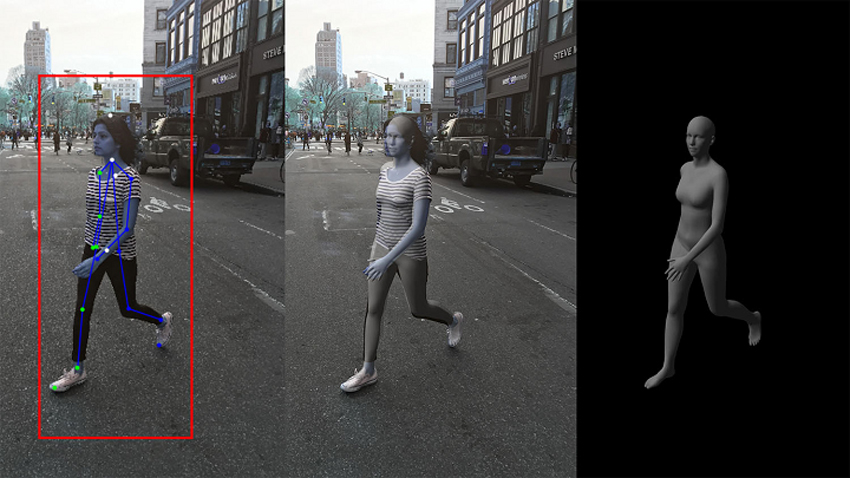
If the technology successfully passes the test, with online purchases you no longer have to worry whether this or that thing will sit exactly according to your figure. It will be enough to upload a couple of photos, and the computer brain will understand all your sizes, and even make predictions for the future. The company expects that this will reduce the number of returns, and allow it to finally defeat Zara, Macy's and GAP in the sale of clothing.
Entrants must complete a large online questionnaire before performing 3D scanning. So Amazon will find out what kind of diet they have, how often they go to the gym and if they have any plans for losing weight. Those selected for the program will be scanned every two weeks for 30 minutes. In total, they will need 10 visits, for each of which they will be “presented” with a Amazon gift card for $ 250. It is expected that during this time the system will be “trained” and will be able to understand what size clothing should be recommended to customers for maximum efficiency. For example, young children need to project things “for growth”, and guys who have just started going to the gym may need to be left with more free space in their sleeves and shoulders. So Amazon hopes that the number of returns of clothes after an online order over time can be reduced to zero.
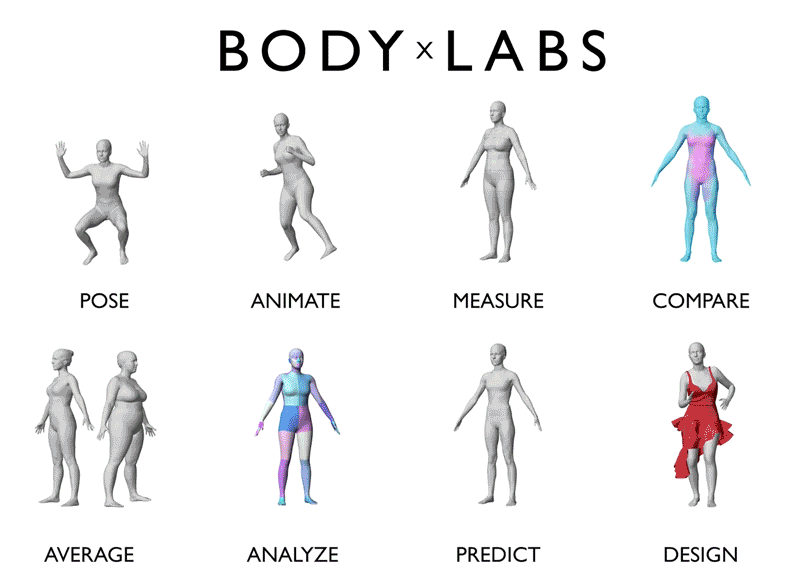
Virtual fitting room deals with the new department of Amazon, formed after the purchase of the startup Body Labs in October 2017. This company has developed a technology that captures a person from several angles and creates a realistic 3D model of his body, where virtual clothing is then applied. In November 2014, a startup from New York received the first $ 2.2 million for the implementation of its technology, and in October last year, Amazon, getting into the idea, bought it out completely for $ 70- $ 100 million (the exact amount was not disclosed at that time).
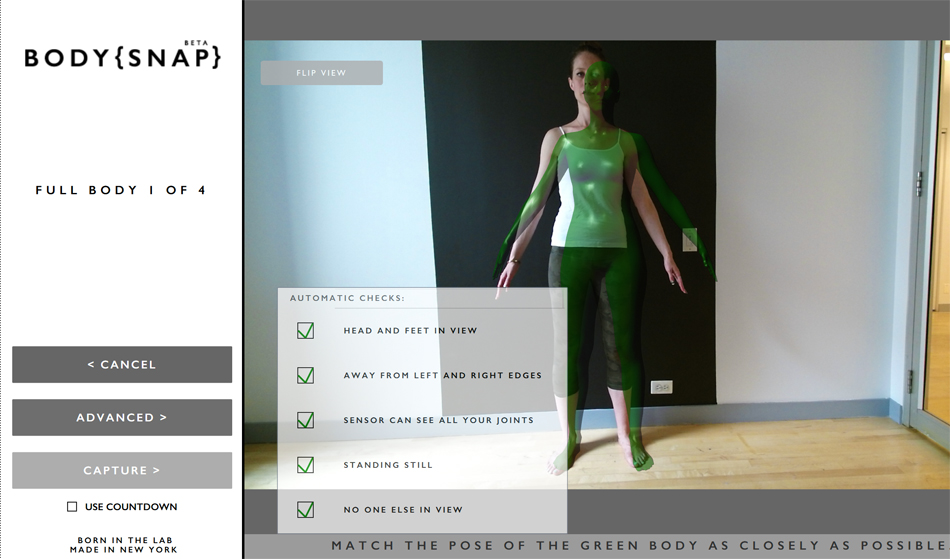
Now the Body Labs department has grown, and his ambitions have also become more serious. They have already learned how to create “statistical 3D-models of human bodies”, which are then combined with a video or photo of people using deep learning algorithms. That is, the system is “fed” images of subjects three to five months ago. And they make her not only create a 3D model from several photos, but also ideally predict what happened to the subject’s body shape right now. Who has increased the priest, who pumped his bitsuha, who grew up, who slightly lost weight. In the future, Amazon users will be able to upload their photos or videos (most likely through a mobile application), and the technology will filter out suitable clothes for them, taking into account their personal information. Good-bye, tables of sizes and attempts to independently calculate something there with a measuring meter.
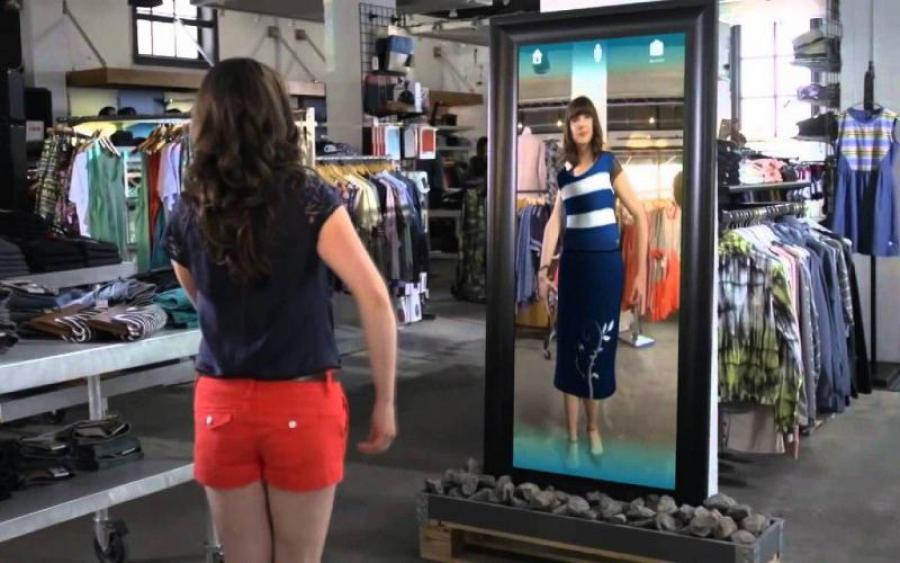
In addition to marketing, Body Labs developments can be used in augmented reality games and applications. For example, electronic “mirrors” can be offered to customers of the Amazon online store, and designers can immediately see how their new design will look on a person.
Fighting online "returnees"
The return of online purchases is a huge problem for online stores. We at Pochtoy, by the way, understand them perfectly. You spend money on packaging and delivery of goods, and then you have to return all of its value to the buyer, who did not like something, and again place the goods in the warehouse, check, repack, deliver a second time. Last year, retail losses were $ 400 billion (!). Even worse, this trend is growing: in 2017, they returned 53% more goods than in 2015. People are beginning to understand that this is convenient, and they will have nothing for it, because shops need satisfied customers.
While offline stores have about 8% at the return angle (according to CBRE), then e-commerce is up to 15% or 30%. Almost all sellers notice this threatening growth, and do not want to put up with huge losses. According to an online survey, 44% of stores admit that they have to raise the price of goods to offset the cost of "return". And 70% expect that in the future they will have to devote even more resources to this.
 ZozoSuit version 1.0
ZozoSuit version 1.0But not everyone is willing to put up with this state of affairs. A week ago, we talked about the new development of the Japanese - the ZozoSuit suit, with which they want to become leaders in online sales of clothing. They are not quite in the direction that Amazon. Their idea is to give each (!) To their buyer in a special suit that takes all the necessary measurements. More than 2 million suits have already been delivered free of charge to Japanese users, and it is planned to distribute at least another 8 million. But Amazon believes that this technology will not take root in America: it is much easier to upload your photo than to turn into a diver at home and pose for cameras.
Although something suggests that measurements from a real suit will always be more accurate than even the smartest computer model ...
Far-reaching plans
Amazon already has more than half of all online electronics purchases in the United States. Here he is one larger than Apple, Walmart, Costco and a dozen more giant corporations. But in terms of clothing, leadership is not so serious, even after buying Zappos for $ 1.2 billion in 2009. Last year Bezos (or rather, his right hand, Jeff Wilke, who makes all the decisions about the online store, while the boss develops his Blue Origin) wanted to correct this flaw. Now the company will be even more associated with buying clothes online. For the sake of this, Amazon in recent years has launched more than seventy of its own fashion brands, and also rolled out the Prime Wardrobe project, allowing subscribers to choose up to 10 items of clothing and shoes, get them for free, try them on, and then send the package back, and only pay for those things which they left to themselves.
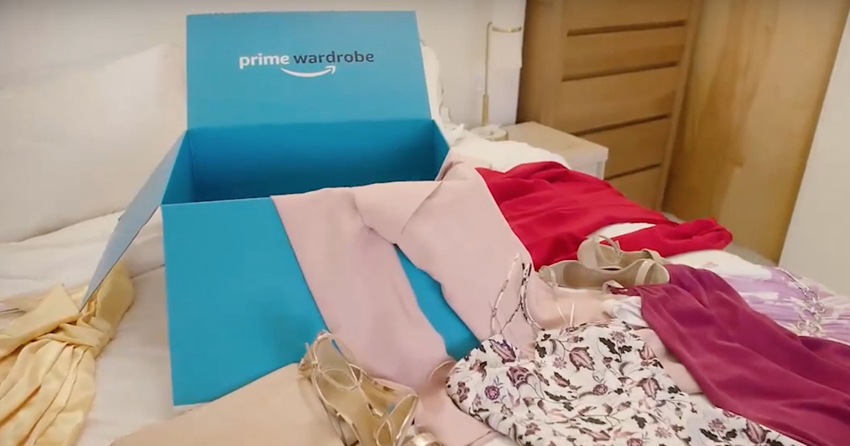
At Prime Wardrobe, the company annually loses tens of millions of dollars, but this, in its understanding, is worth it to accustom customers to ordering clothes on the Amazon website. And if the project with Body Labs is successful, the need for the return of goods will disappear, and all these customers will be satisfied and profitable users.
Last April, Amazon also released the Echo Look , a smart assistant inside the camera that helps with fitting clothes. Alex is sitting inside of him, photographing you or shooting your video in a new outfit. The perfect combo with Prime Wardrobe to immediately choose what to keep. For a photo, you do not need to hold a smartphone in one hand, and machine learning algorithms tell you which outfit looks best. You “feed” the device with two photos in different clothes, and through the smartphone application it shows how much he likes one of them - based on current trends, color, style, and expert opinions. Over time, based on user responses, the self-learning system becomes smarter and smarter.
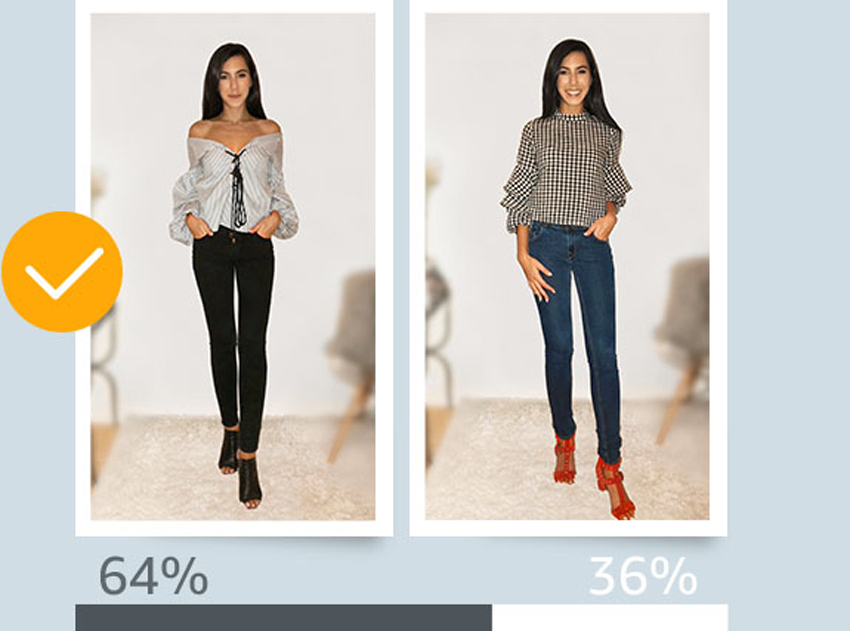
Amazon's strategy is starting to bear fruit. The company already sells more clothes than Macy's. Own brands in 2018 became the sales leaders in the field of sportswear and exercise clothing (they account for 57% of the “best selling” Amazon products in the Activewear section for men, and 72% for women). The fastest growing brand is Amazon Essentials , which sells super-cheap clothes of decent quality. In the first quarter of 2018, he rose from # 16 to # 6 in popularity on the site.
Morgan Stanley expects Amazon to become the largest seller of clothing and footwear in the States this year. He is now in second place, with 7.9% of all sales. At first - Walmart with 8.7%. The introduction of a new convenient online technology for fitting clothes will definitely help to attract customers. With it, Amazon can potentially leave competitors behind, and even reduce its own costs.
But for now, the new technology is still beyond the horizon. Professor Susan Ashdown of Cornell University, an expert in clothing visualization and 3D scanning of the human body for its production, says that:
This technology is much more complicated than many are. Your posture, how you hold your shoulders, the angle of your hips, all this affects how well your clothes fit you. How a computer system can appreciate this - perhaps only Amazon can crack this code. I think that the system was ready for the market, this task is not for one year. But if they can, this, of course, will be the beginning of a new era in the field of online shopping.
PS On clothes, by the way, in Russia, the most big cheat. Especially children's things and things of famous brands, the situation is more serious here than with gadgets. A funny case we recently had with a football uniform. In the US, the Russian team uniform is $ 89 (5,700 rubles at the current exchange rate). And at the World Championships held in Russia, the Russian football uniform - from 8990 rubles , $ 50 more expensive. Even if you deliver one T-shirt from the States, it turns out more profitable. Russian football uniform for the Russian championship. From USA. To be honest, this is some kind of sur.
Well, with Amazon and other stores you can always order from Pochtoy.com. We give you a free address for you in the USA to send goods. And we deliver them to Russia at the lowest price - from $ 8.99 per pound. And if you register with us with Geektimes code, $ 7 comes to your account.